I love using picture books to help my students relate to the world and grow as thinkers and humans and recognizing that our perception of others greatly influences how we treat them as is a great discussion to have repeatedly.
So why not offer up a collection of picture books that does that just. Some are new, some are old, but all carry a powerful message of going beyond our initial assumptions and really seeing others for who they are not what we want or think they are and sometimes even seeing ourself in a new light, too.
What are your favorite reads for this discussion?
Daisy happens to be fluffy–she’s a young chick after all. Her friends can’t help but want to pet her, squeeze her, and tell her how cute she is. But Daisy doesn’t want to be hugged or kissed. She’s not just fluff; Daisy has substance! But how can she tell everyone to give her some space without hurting their feelings?
On the day it snows, Gabo sees kids tugging sleds up the hill, then coasting down, whooping all the while. Gabo wishes he could join them, but his hat is too small, and he doesn’t have boots or a sled.
But he does have warm and welcoming neighbors in his new town who help him solve the problem in the sweetest way possible!
A young artist has drawn birds and bird houses in corresponding colors. Now it’s time to match them up. The blue bird goes in the blue house, the orange bird in the orange house, and so on. But wait! The birds don’t agree with the narrator’s choices and, much to her distress, are rebelling by swapping houses. Can the narrator make the birds see sense? Or is it possible that you just can’t tell a bird by its feathers?
Milo is on a long subway ride with his older sister. To pass the time, he studies the faces around him and makes pictures of their lives. There’s the whiskered man with the crossword puzzle; Milo imagines him playing solitaire in a cluttered apartment full of pets. There’s the wedding-dressed woman with a little dog peeking out of her handbag; Milo imagines her in a grand cathedral ceremony. And then there’s the boy in the suit with the bright white sneakers; Milo imagines him arriving home to a castle with a drawbridge and a butler. But when the boy in the suit gets off on the same stop as Milo–walking the same path, going to the exact same place–Milo realizes that you can’t really know anyone just by looking at them.
Every day, a little girl rides to school on the back of her father’s bike. As they twist and turn through the streets, the little girl spreads her arms like wings and sings her birdsong for all to hear. But when they pass a strange woman in blue who carries a mysterious bag, the girl goes quiet until the woman is out of sight. One day, when they’re running late, the little girl discovers what the woman does with her bag each morning—a surprise that transforms her wariness into a feeling of kinship to be celebrated.
Laxmi never paid much attention to the tiny hairs above her lip. But one day while playing farm animals at recess, her friends point out that her whiskers would make her the perfect cat. She starts to notice body hair all over–on her arms, legs, and even between her eyebrows.
With her parents’ help, Laxmi learns that hair isn’t just for heads, but that it grows everywhere, regardless of gender.
Norman is a porcupine. Mildred is a tree. Norman and Mildred are best friends. Just the two of them. And only the two of them. But when a surprise pops up, life will never be the same again.
Imagine you were asked the same question again and again throughout your life . . .
Imagine if it was a question that didn’t bring about the happiest of memories . . .
This is the experience of one-legged Joe, a child who just wants to have fun in the playground . . .
Constantly seen first for his disability, Joe is fed up of only ever being asked about his leg. All he wants to do is play Pirates.
But as usual, one after the other, all the children ask him the same question they always ask, “What happened to you?”
Understandably Joe gets increasingly angry!
Until finally the penny drops and the children realize that it’s a question Joe just doesn’t want to answer . . . and that Joe is playing a rather good game . . . one that they can join in with if they can stop fixating on his missing leg . . .
Because children are children, after all.
The cat walked through the world, with its whiskers, ears, and paws . . . In this glorious celebration of observation, curiosity, and imagination, Brendan Wenzel shows us the many lives of one cat, and how perspective shapes what we see. When you see a cat, what do you see?
When a young boy visits his grandfather, their lack of a common language leads to confusion, frustration, and silence. But as they sit down to draw together, something magical happens-with a shared love of art and storytelling, the two form a bond that goes beyond words.
Nobody seems to understand that Hannah is not a girl.
His parents ask why he won’t wear the cute outfits they pick out. His friend thinks he must be a tomboy. His teacher insists he should be proud to be a girl.
But a birthday wish, a new word, and a stroke of courage might be just what Hannah needs to finally show the world who he really is.

When a girl is asked where she’s from—where she’s really from—none of her answers seems to be the right one.
Unsure about how to reply, she turns to her loving abuelo for help. He doesn’t give her the response she expects. She gets an even better one.
Where am I from?
You’re from hurricanes and dark storms, and a tiny singing frog that calls the island people home when the sun goes to sleep….

Whenever Ari’s Uncle Lior comes to visit, they ask Ari one question: “What are your words?” Some days Ari uses she/her. Other days Ari uses he/him. But on the day of the neighborhood’s big summer bash, Ari doesn’t know what words to use. On the way to the party, Ari and Lior meet lots of neighbors and learn the words each of them use to describe themselves, including pronouns like she/her, he/him, they/them, ey/em, and ze/zir. As Ari tries on different pronouns, they discover that it’s okay to not know your words right away—sometimes you have to wait for your words to find you.
I am excited to be heading out on the road again to be with other educators in-district or at conferences, while continuing my virtual consulting and speaking as well. If you would like me to be a part of your professional development, please reach out. I am here to help.
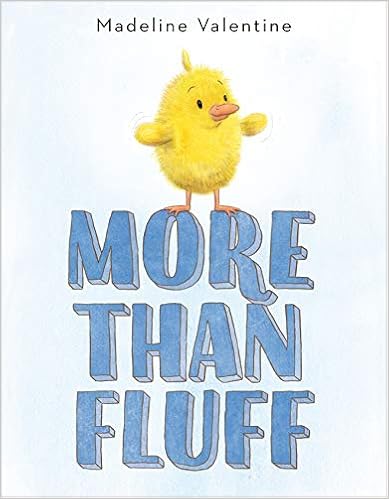



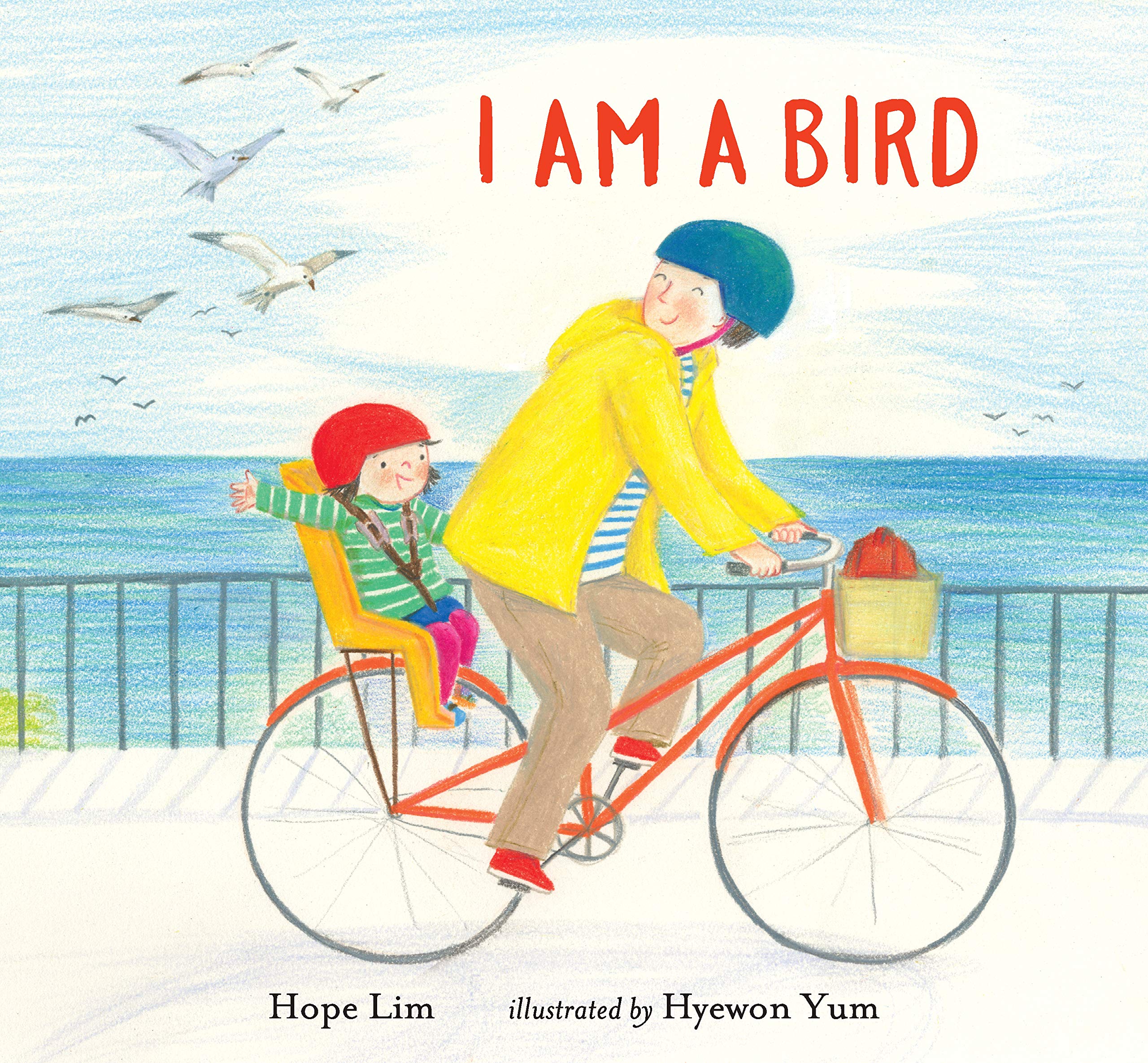
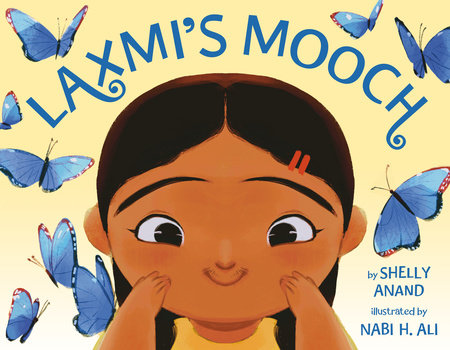

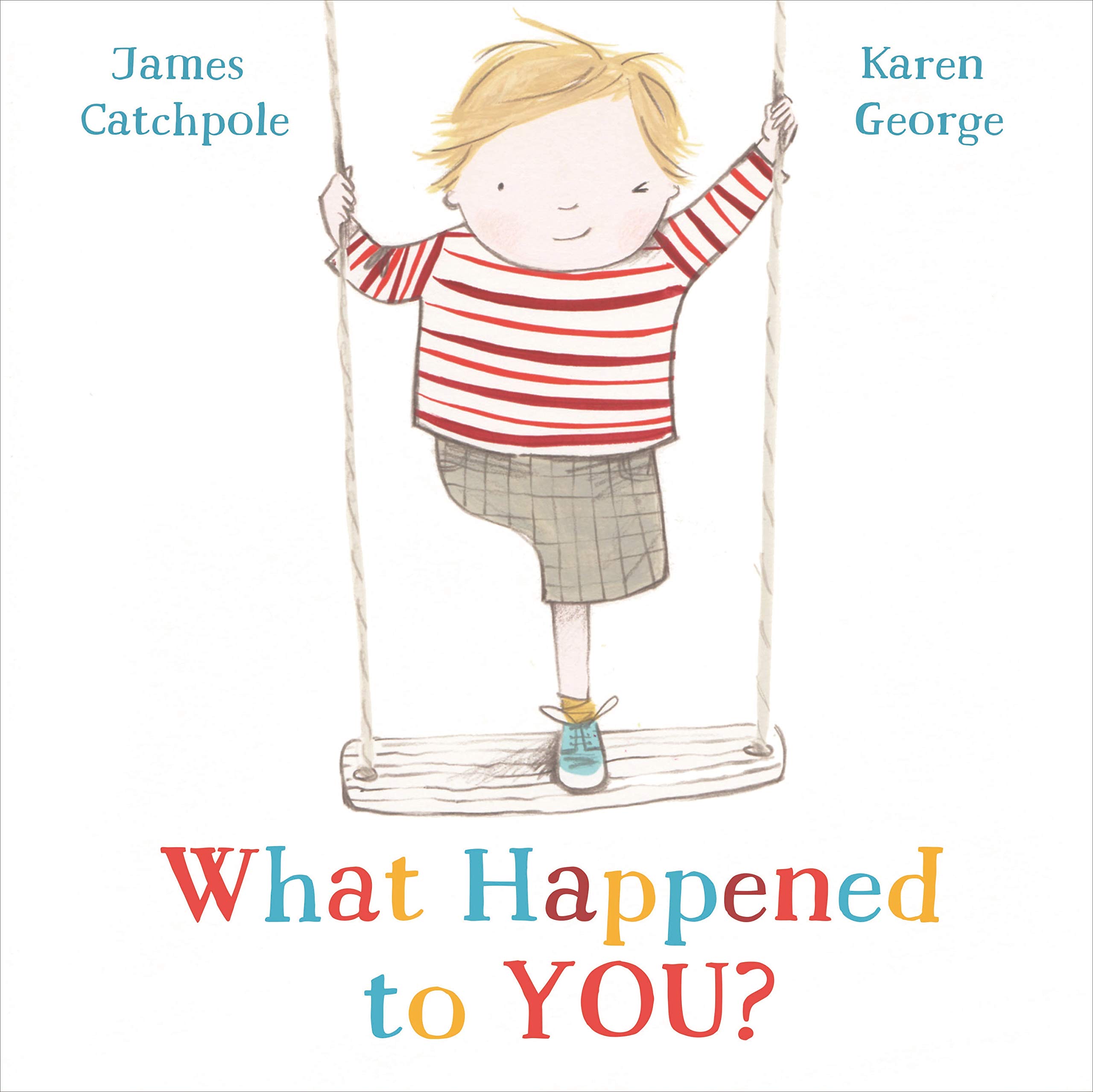
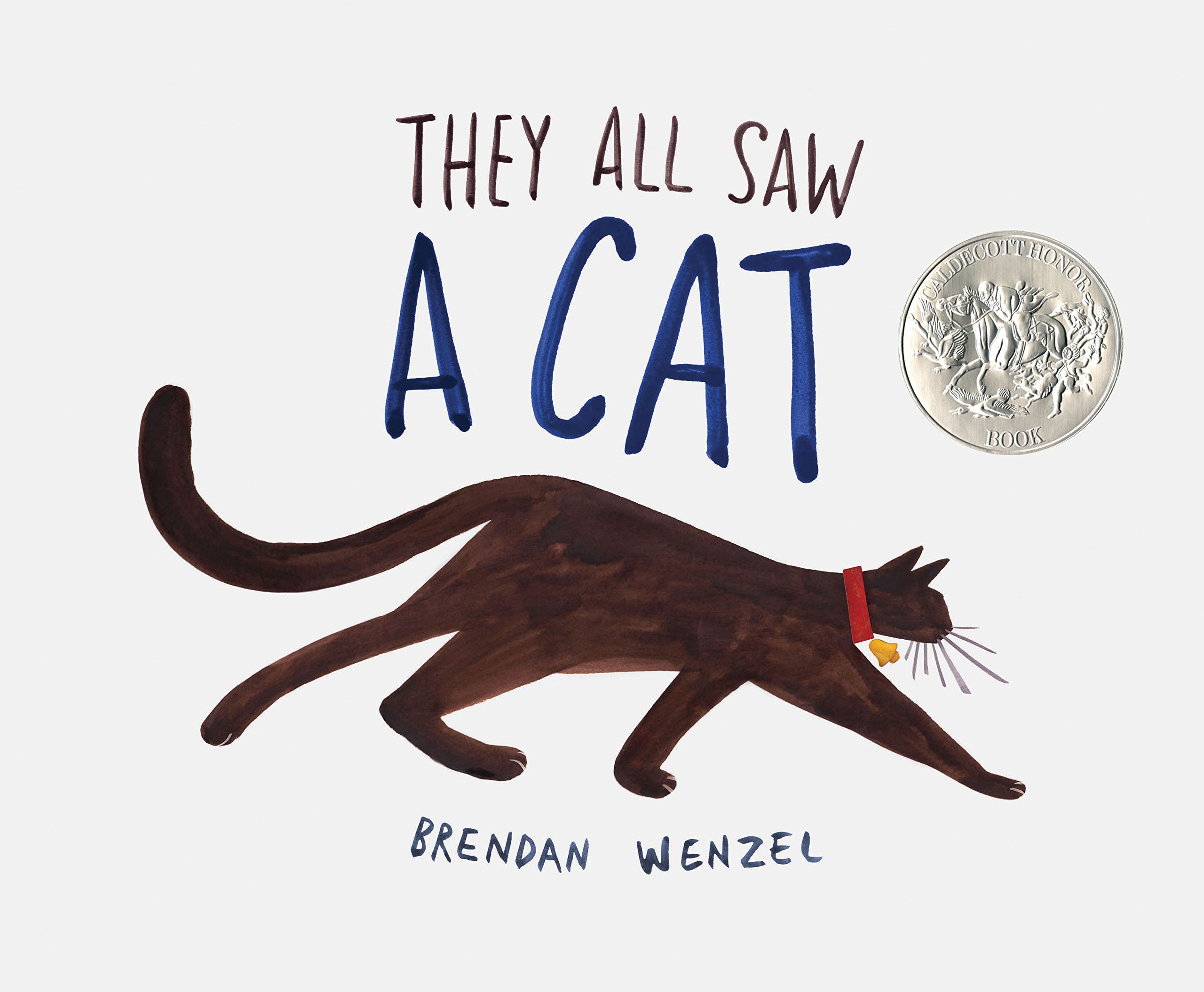
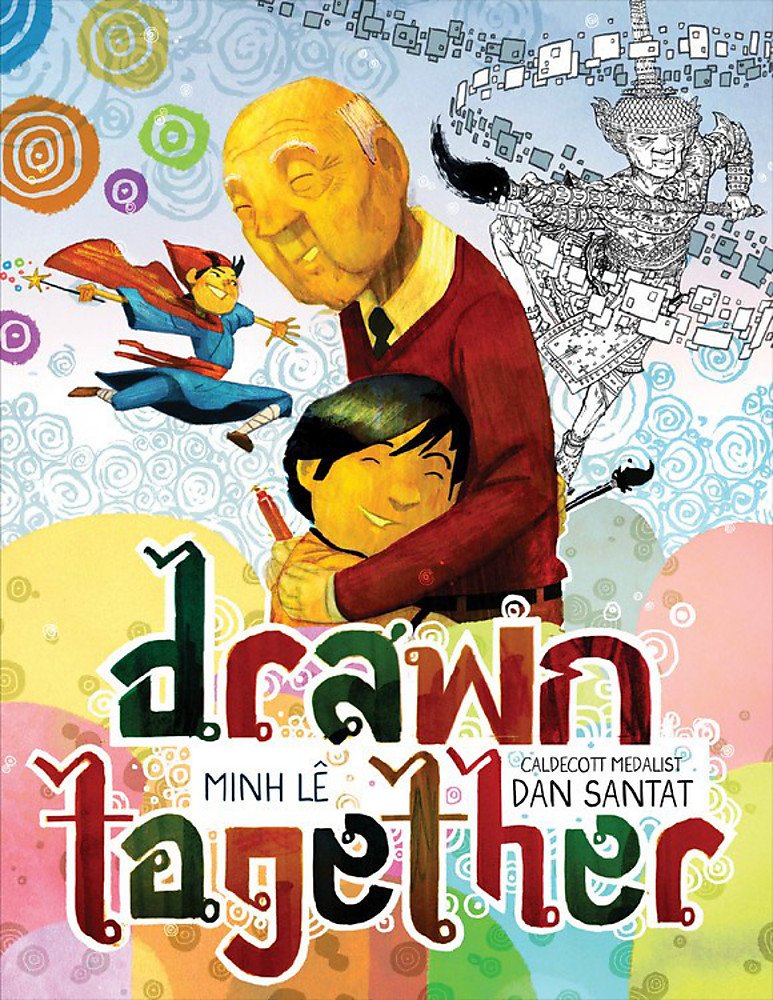

“More than Fluff” sounds like a “must-have” for me!
thanks Soccer Insider Twitter